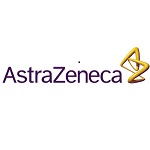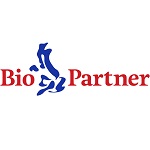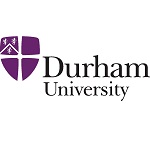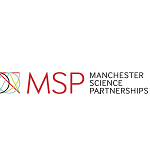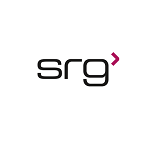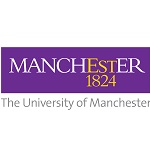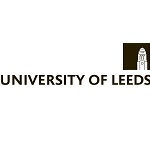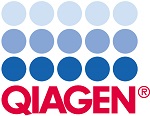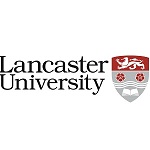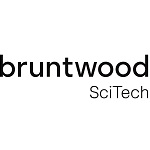Bionow’s BioFocus 2025 conference looks to the future
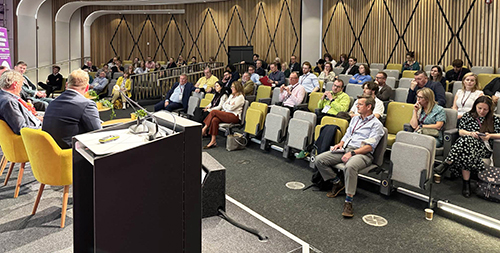
Building on the success of the last couple of years, this year’s attendees were invited to kick off the conference with a special edition of Biotech & Beers. The night before the main event, this lively gathering brought together out-of-town guests and colleagues from Newcastle and the wider Northeast. It offered a relaxed and welcoming environment for networking, sparking connections and setting the tone for the conference the following day.
With a central theme of the future of the industry, the agenda covered a range of topics for discussion, including how the labs of the future can be flexible, sustainable, and scalable for innovation and production; funding opportunities in the sector; showcasing the latest technologies; and exploring therapies of the future.
Three keynote speakers presented at the conference: Dr Clare Trippett, Principal Strategic Opportunities Manager at CPI; Valneva’s Managing Director, Greig Rooney, via a fireside chat with Bouygues’ Director of Cleanrooms and Laboratories, Alan Miller; and Professor in Paediatrics and Immunology at Newcastle University, Sophie Hambleton.
The first presentation, “Manufacturing the future: The North East’s life sciences ecosystem”, examined the strength of the Northeast life sciences sector, representing over 1,000 companies and 149% pharma growth in five years. This is despite the discrepancy in funding, with the north/south divide showing health-related funding of £902M in London versus only £2.6M in Tyne and Wear in 2024.
The Northeast was showcased as being well-placed to tackle major healthcare challenges, with examples of innovations in the field including new breakthrough medicines and vaccines such as microbiome therapeutics, regenerative medicine, and advances in personalised and complex medicines. In tandem with this was the development of advanced diagnostics, namely pathogen agnostic diagnostics and microbial forensics, new model systems for drug testing and next gen diagnostics, as well as digital health and data science, including greater adoption of AI and machine learning tools.
The speech concluded with this message: collaboration is key! This can be achieved by ensuring maximum utilisation of life sciences infrastructure to support scale up and translation of innovation; increasing international visibility of the North East’s life sciences ecosystem and building global links; strengthening links between investors and regional cluster groups; and growing regional SME support schemes including product development, regulatory support and market access.
The next keynote, in a fireside chat format, identified the ethos at the core of a busy specialty vaccine company that develops, manufactures, and commercialises prophylactic vaccines for infectious diseases: collaboration at the core of everything; operation precision with a product where every day counts; and no compromises on safety and delivery, with an impressive four-year safety track record.
It concluded with some food for thought: In amongst all the achievements and vital work being done, does the UK life sciences industry talk about patients and purpose enough?
Setting up the afternoon’s deep dive into new technologies and the therapies of tomorrow, Professor Sophie Hambleton provided an inspiring and positive final keynote presentation. “Platform approaches in inborn errors of immunity (IEI) – from diagnosis to cure”, explained the ever-increasing array of genetically distinct inborn errors of immunity, such as autoinflammatory disorders, cellular defects, combined immunodeficiencies and antibody deficiencies, and the challenges for curative therapies in this area, including the complexity, severity and urgency, and the ineffectiveness of current gene therapy models.
Key takeaways from this presentation included the ongoing challenge of IEI to families and clinicians; the importance of genomic diagnosis as supporting timely life-saving therapy including in asymptomatic infants picked up by newborn screening; stem cell transplantation as the bedrock of clinical care for combined immunodeficiency in childhood, with scope to make this safer; gene correction and other precision therapeutics representing the potential future of treatment; and Newcastle University’s role as a key centre driving innovation and research in all aspects of IEI, driven by clinical-research partnership and a pioneering stem cell lab.
Elsewhere, the State of the Nation panel made some insightful points around funding, with the discussion centred around the urgent need to tackle the funding disconnect, noting that there’s nowhere to go once companies are up and running, with "rungs missing on the [funding] ladder" and more continuity needed between early support and growth capital, especially for high-risk, high-reward innovation.
Bionow CEO, Geoff Davison, commented: “BioFocus keeps evolving, and so does the life sciences sector here in the Northeast. It’s such a great space for companies and academics to share what they’re working on and to connect with colleagues, not just locally, but across the UK. Every year, we see more people travelling from even farther away to join us here in Newcastle. There’s such a buzz at this conference, and it really pushes us all forward, whether in business or research.”
BioFocus 2025 is supported by Bouygues Energies & Services, the North East Combined Authority and Fisher Scientific.


